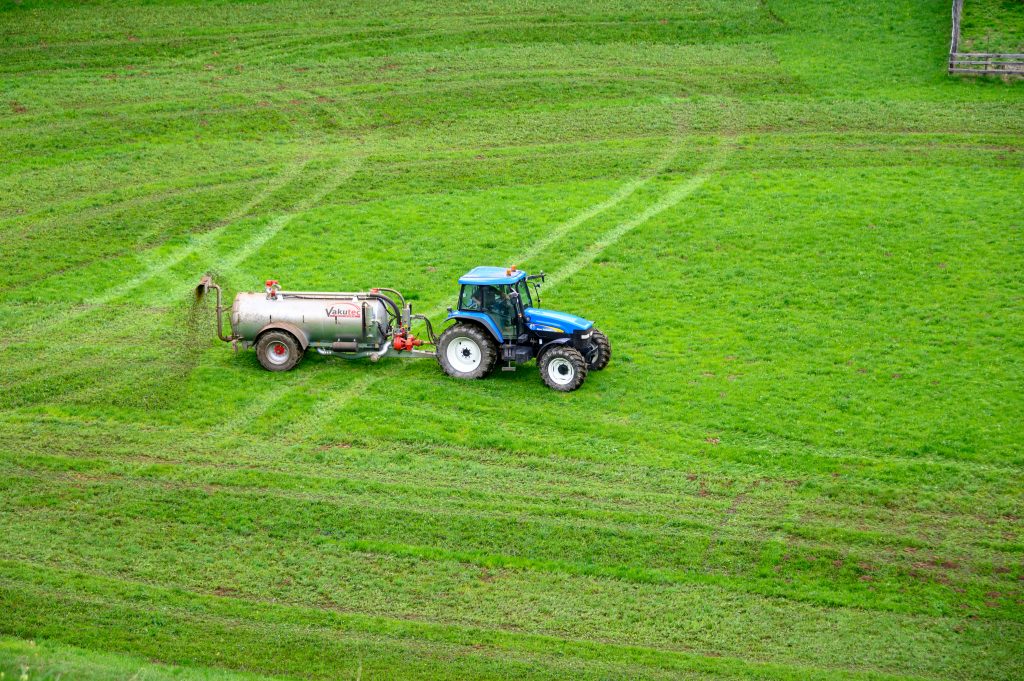Nitrogen is the most abundant element in the atmosphere and it’s vital to our lives. It is to vegetables what air is to humans or water to fish.
However, most soils do not contain enough nitrogen for the plants to fulfil their potential, so farmers add synthetic nitrogen or animal compost. Yearly, over 90 million metric tons of Nitrogen are applied to Earth’s surface and crops as fertilisers.
But issues arise when nitrogen excess occurs, polluting air, water and land in the process. The loss of nitrogen fertilizer turns into higher contamination, lower yields, and higher costs to farmers.
One way to limit the problem is the use of emission trading schemes, like cap-and-trade. These involve multilateral trading of nitrogen emission rights among farms via changes in agricultural land management practices under a catchment-level cap on total nitrogen load. The last paper published under the EFFECT project explores whether a ‘smart market’ cap-and-trade scheme between non-point sources can offer meaningful and, robust advantages over alternative approaches for nitrogen management in a realistic setting.
Results suggest the smart market may substantially cut the cost of reaching the catchment’s nitrogen reduction target, possibly by more than 50% compared to uniform command-and-control regulation.
Find out the full results in our last paper.



